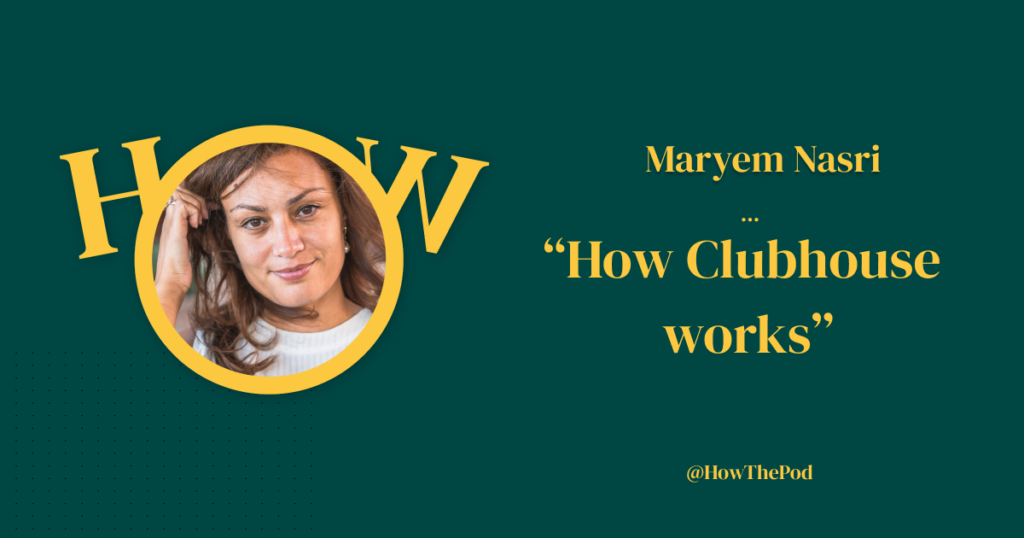
Clubhouse being a voice and app only social network, by invite only that can take an extended time to drip in to your email. Once in, here is a bit of the deserved hype about the app that mimics humans behaviour on the internet. Here are some takeawys from my first weeks.
1. Human Onboarding (if your lucky)
Upon entering, anyone you know will be notified to meet and walk you though the experience with someone you already know in a private room. Quite a refreshing approach to onboarding new users.
2. Partyhat for your first week 🎉.
Being a newbie is human, and finding your ropes during that period os indicated a patyhat/partypopper emoji. If you don’t know what you’r doing you are likely to be asked about your experience and a little bit more patience is given.
3. Browse around rooms, clubs and follow relevant people.
Browsing around your first rooms (anyone can create) and clubs (takes more effort to create)found in the Hallway, you might look at some of the room or club 🟢moderators profiles. Following any profile, will algorithmically show more content skewed to that profiles interest. Feel free to unfollow whenever you like to regulate, as well as leaving rooms quietly whenever you feel like venturing on.
4. Experiment a bit by starting your own room
I started a room and invited som people by word, there are no formal invites as such, even tho ones events how in the hallway to followers and in the calendar. After trying to record an episode via Clubhouse we realised that the quality of the room sound would not hold up, we recorded another episode in a classical podcast environment. The 1-hour session I held where Maryem and I spoke about how clubhouse works with a few people.
5. Clear formats formats win for larger rooms
Of course many more things are on here and new formats are tested endlessly from jamming session with worldly artists, to PhD BJ Fogg from Stanford University clearly formated 1 hour sessions on how to create more sustainable habits, where you speak for one minute about what works for you.
6. Terminology of the unique functionality.
7. Moderating:
The room creator, can share moderatorship by inviting people to moderating. Long rooms that last for more that 24hours, handoff moderatorship to the next trusted person. Trusted is important due to a moderator being able to throw you out of your own room. Not likely but can technically happen.
8. Hand-raising: If you want to go up on stage at the upper part of your screen, you raise you hand to ask a question, the moderator then might grant you access to the stage for further interaction.
9. Re-setting the Stage
New people come in, others leave quietly, every now and then moderators re-set the stage, meaning they mention formats of the stage, what the room is about, are we topic-less, or if the room has a name with a topic, whats the format. This allows new-comers to understand whats happening and is best practice.
10. PTA – Pull to refresh
There is now way to share images of text directly byt the networks leverages and incorporates with Twitter and Instagram, where direct communication is to be referred to the DM’s with the other plattforms communication functionality, Clubhouse acclimatises itself to the given ecosystem of existing apps and plays nicely.
What is used when people want to share an image is to change their profile image, and at that point “PTA” is used, meaning pulldown page to refresh (and show image).
These point raise many good questions for concept developers, business developers. How will the platform evolve depending on what new features are released, and how will this sticky new product be used, commercialised and grow over time. The best way to make any future theory is to be a part of it.